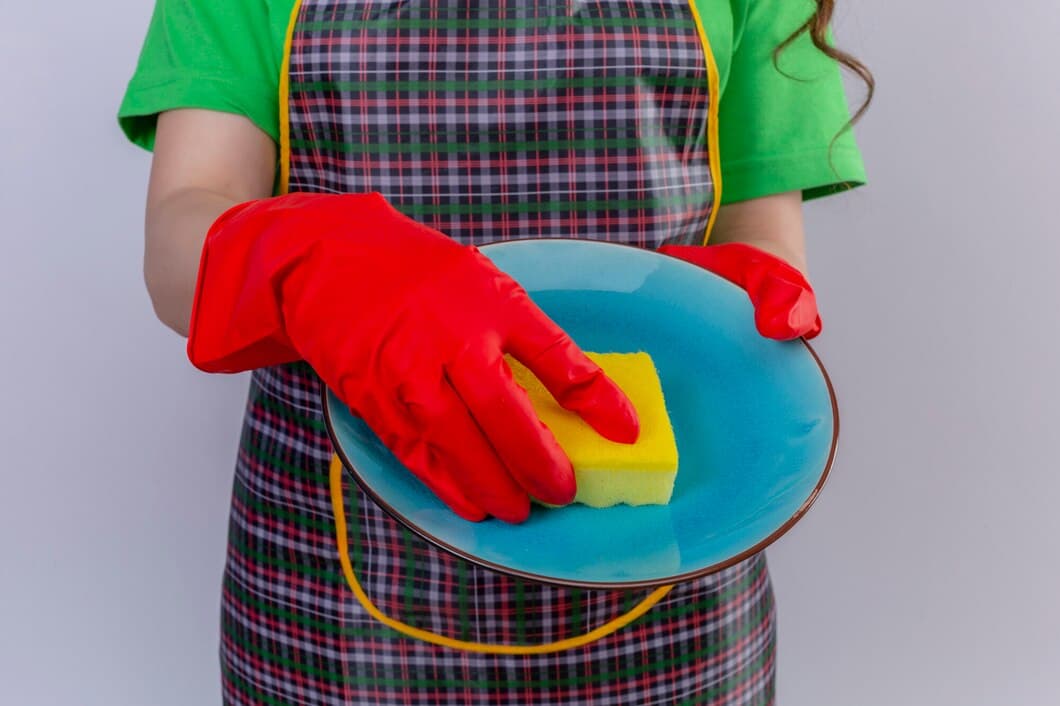

Thermal paste is a substance that is applied between the CPU and the heatsink. Its purpose is to improve heat transfer from the CPU to the heatsink, which helps to keep the CPU cool. Over time, thermal paste can become dry and brittle, which can reduce its effectiveness. As a result, it is important to clean thermal paste and apply new thermal paste regularly.
There are a few different ways to clean thermal paste. One method is to use a cotton swab dipped in isopropyl alcohol. Another method is to use a specialized thermal paste remover. Once the thermal paste has been cleaned off, it is important to apply new thermal paste before reinstalling the heatsink.
Thermal paste is a substance that is applied between the CPU and the heat sink. It helps to transfer heat from the CPU to the heat sink, which helps to keep the CPU cool. Thermal paste is typically made of a silicone-based material, and it is often white or gray in color.
Thermal paste is important because it helps to prevent the CPU from overheating. If the CPU gets too hot, it can cause the computer to crash or even damage the CPU. Thermal paste helps to keep the CPU cool by transferring heat away from it.
Thermal paste is easy to apply. It typically comes in a small tube, and it can be applied using a cotton swab or a finger. It is important to apply thermal paste evenly, and to make sure that there are no air bubbles in the paste.
Firstly, you need to power down your computer and unplug it from the power outlet. Then, use a cotton swab dipped in isopropyl alcohol to clean the thermal paste from the CPU and heatsink. Be sure to apply gentle pressure and scrub in a circular motion. Once the thermal paste is removed, use a clean cotton swab to wipe away any remaining residue.
If the thermal paste is stubborn and difficult to remove, you can use a plastic spudger or a credit card to gently scrape it off. Be careful not to damage the CPU or heatsink while doing so. Once the thermal paste is removed, use a clean cotton swab to wipe away any remaining residue.
Finally, reapply a new layer of thermal paste to the CPU and heatsink. Be sure to apply a thin, even layer of thermal paste, and avoid getting any thermal paste on the pins of the CPU. Once the thermal paste is applied, reassemble your computer and plug it back into the power outlet.
Before you start cleaning the thermal paste, you'll need to gather a few supplies. First, you'll need isopropyl alcohol, which you can find at most hardware stores. You'll also need a clean cloth or paper towels, and a cotton swab or two. If you're working on a laptop, you may also need a small screwdriver to remove the back panel.
Once you have your supplies gathered, you can start cleaning the thermal paste. Start by applying a small amount of isopropyl alcohol to a clean cloth or paper towel. Then, gently wipe away the thermal paste from the CPU and heatsink. Be careful not to apply too much pressure, as you don't want to damage the components.

To clean thermal paste, it is important to first remove the heatsink. Once the heatsink is removed, you can use a cotton swab or a microfiber cloth dipped in isopropyl alcohol to gently wipe away the old thermal paste. Be sure to avoid using too much pressure, as this can damage the delicate components on the CPU or motherboard. You should also avoid using any harsh chemicals, as these can also damage the components.
Once you have removed the old thermal paste, you can apply a new layer of thermal paste to the CPU. To do this, simply apply a small dot of thermal paste to the center of the CPU and spread it evenly over the entire surface. Be sure to avoid using too much thermal paste, as this can interfere with the cooling process. Once you have applied the new thermal paste, you can reattach the heatsink and tighten the screws.
Cleaning thermal paste is a relatively simple process that can help to improve the cooling performance of your computer. By following these steps, you can safely and effectively clean thermal paste from your CPU and motherboard.
To clean thermal paste off metal surfaces, you'll need a few supplies. First, you'll need a soft cloth or paper towels. You'll also need a cleaning solution. You can use a commercial cleaning solution or you can make your own. If you're using a commercial cleaning solution, follow the directions on the bottle. If you're making your own cleaning solution, simply mix equal parts rubbing alcohol and water.
Once you have your supplies, you can start cleaning the thermal paste. First, apply the cleaning solution to the metal surface. Then, use the soft cloth or paper towels to wipe away the thermal paste. Be sure to wipe in a circular motion.
Once you've wiped away the thermal paste, you can rinse the metal surface with water. Be sure to dry the metal surface thoroughly with a clean cloth.
If there's still some thermal paste left on the metal surface, you can try using a cotton swab dipped in rubbing alcohol to remove it. Be sure to rinse the metal surface with water and dry it thoroughly after using the cotton swab.
To clean thermal paste from your CPU or GPU, you'll need a few things: rubbing alcohol, cotton balls or swabs, and a lint-free cloth. First, power down your computer and unplug it from the power outlet. Then, remove the CPU or GPU from its socket. Apply a small amount of rubbing alcohol to a cotton ball or swab and gently rub it over the CPU or GPU to remove the thermal paste. Be careful not to use too much rubbing alcohol, as it can damage the components. Once the thermal paste has been removed, use a lint-free cloth to wipe down the CPU or GPU and remove any remaining residue.
If you're having trouble removing the thermal paste, you can try using a plastic razor blade or a credit card. However, be careful not to scratch the CPU or GPU. You can also try using a hair dryer to heat up the thermal paste, which will make it easier to remove. Once you've removed the thermal paste, be sure to apply new thermal paste before reinstalling the CPU or GPU.
Cleaning thermal paste from your CPU or GPU is a relatively simple process, but it's important to do it carefully to avoid damaging the components. By following these steps, you can safely and effectively clean thermal paste from your CPU or GPU.
Rubbing alcohol is an effective option for cleaning thermal paste, and it is readily available and inexpensive. To clean thermal paste using rubbing alcohol, apply it to a cotton swab and rub the swab onto the surface to be cleaned in a circular motion. You can also use a cotton ball or a soft cloth, but avoid using anything abrasive, as this could damage the surface. After applying the rubbing alcohol, use a clean microfiber cloth or cotton swab to wipe away the residue. Be sure to clean the area thoroughly to remove all traces of the thermal paste and rubbing alcohol.
If you have a lot of thermal paste to clean, you may want to use a solvent such as acetone or denatured alcohol. These solvents are more powerful than rubbing alcohol, but they can also be more damaging to surfaces. Be sure to test the solvent in an inconspicuous area before using it on the entire surface.
If you want to remove thermal paste without rubbing alcohol, you can use a soft pencil eraser. Ensure it is clean and unused to prevent adding dirt to the surface. Gently rub the eraser over the thermal paste until it is removed. You can also use cotton swabs dipped in distilled water to remove the paste. Do not use paper towels or tissues, which can leave behind fibers.
You can also use a soft cloth moistened with water or window cleaner to remove thermal paste. Gently rub the cloth over the thermal paste until it is removed. You can also use a toothpick or a soft paintbrush to remove the thermal paste. Be careful not to scratch the surface.
If the thermal paste is still stuck, you may need to use a stronger solvent, such as acetone. Apply the acetone to a cotton swab and gently rub it over the thermal paste until it is removed. Be sure to ventilate the area well. You should also use gloves to protect your skin, and avoid getting acetone on any other surfaces.
Thermal paste is a material that is applied between the CPU and the heatsink. It helps to improve heat transfer between the two surfaces, which can help to prevent the CPU from overheating. Over time, thermal paste can become dry and cracked, which can reduce its effectiveness. Cleaning the thermal paste and reapplying it can help to improve the cooling performance of your computer.
You will need the following materials to clean thermal paste:
* Isopropyl alcohol (90% or higher)
* Cotton swabs or a microfiber cloth
* A soft brush (optional)
* A plastic scraper (optional)
* A new tube of thermal paste
The frequency with which you should clean thermal paste depends on a number of factors, including the type of thermal paste you are using, the operating temperature of your computer, and how often you use your computer. As a general rule of thumb, you should clean thermal paste every 2-3 years.
If you do not clean thermal paste, it can become dry and cracked, which can reduce its effectiveness. This can lead to overheating of the CPU, which can damage the CPU or other components in your computer.
To sum up, cleaning thermal paste is an important part of computer maintenance. By following the steps outlined above, you can ensure your computer runs smoothly and efficiently. Regular cleaning of thermal paste will help prevent overheating and extend the life of your computer.
Additionally, using high-quality thermal paste and applying it correctly will help improve heat transfer and keep your computer running cooler. Remember to always refer to the manufacturer's instructions for specific cleaning and application guidelines.
Disclaimer: The content of this article only represents the author's personal opinion and has nothing to do with the position of this site. If the content infringes your legitimate rights and interests, please contact us in time, we will arrange processing as soon as possible




